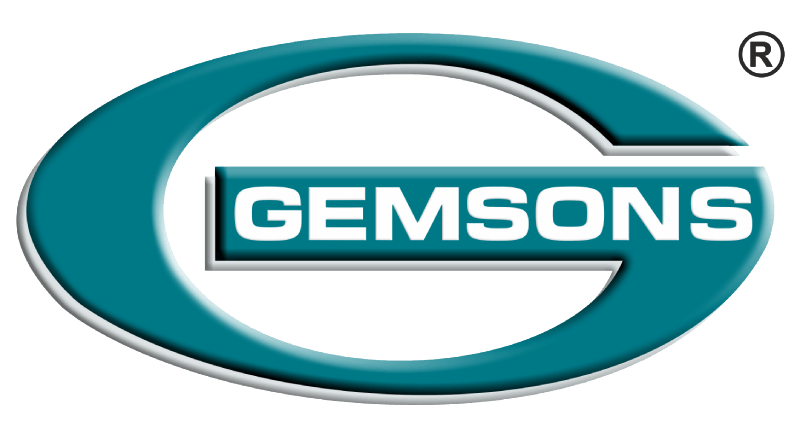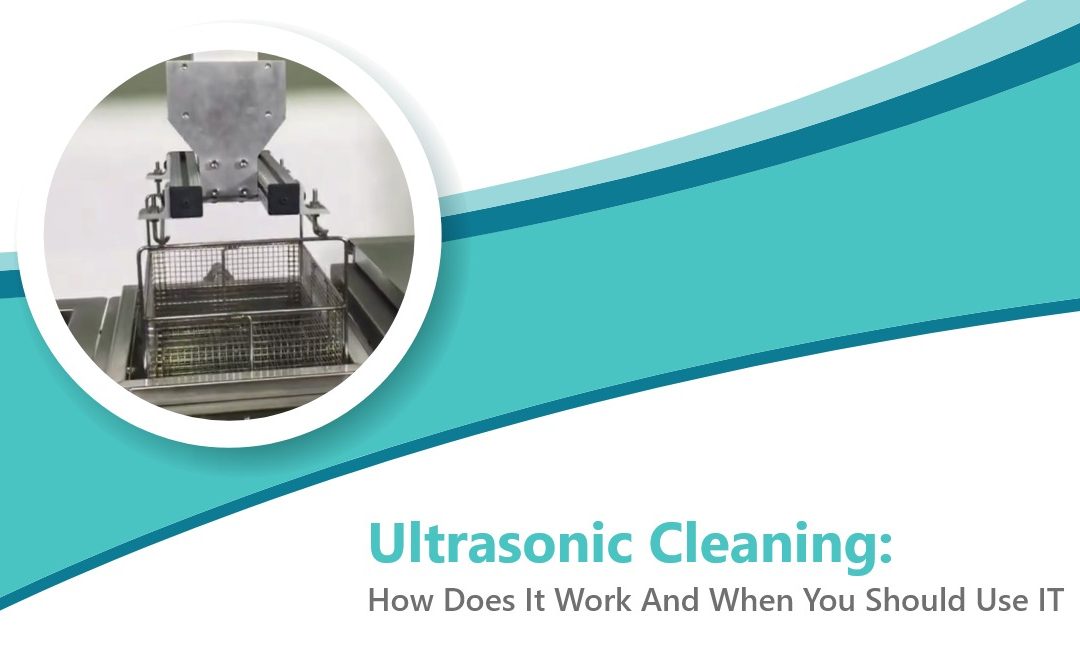Cleaning is an essential step in the preparation of components post machining. Ultrasonic cleaning is the most effective and safest method for cleaning a wide range of parts and components.
Ultrasonic cleaning removes foreign impurities from surfaces submerged in an ultrasonically activated liquid by using high-frequency, high-intensity sound waves in a liquid.
How Does It Work?
Ultrasonic cleaning scrubs the surface of immersed objects with high-frequency sound waves conveyed through the liquid. High-frequency sound waves cause the cavitation of solution molecules, typically 40 kHz, agitating the liquid solution of water or solvent.
Cavitation is the implosion of solution molecules caused by high-frequency sound (pressure waves) being transmitted through them. The agitation on the surface of objects submerged in the solution is caused by this extraordinarily high-pressure change across a very tiny area.
Metals, glass, rubber, ceramics, and some hard plastics are among the materials that can be cleaned by ultrasonic cleaning. Ultrasonic cleaning effectively removes impurities that have adhered to complicated profiles swith blind holes, fissures, and recesses.
Dust, oil, grease, pigments, flux agents, fingerprints, and polishing compounds are examples of pollutants eliminated by ultrasonic cleaning. Medical devices, automotive, aerospace, dental, electronics, jewellery, and weapons use ultrasonic cleaning systems. Ultrasonic cleaning is excellent for medical and surgical instruments, weaponry, window blinds, industrial machine parts, and electronic equipment.
The ultrasonic cleaning procedure is broken down into steps as follows:
- Place the part(s) to be cleaned in the ultrasonic machine’s tank.
- Submerge the portion in the tank with enough liquid (water or a cleaning solution) (s).
- To use the ultrasonic machine, close the tank and turn it on.
- The transducers and electric ultrasonic wave generators inside the tank force the tank to vibrate, causing cavitation. This pressure forces dirt, rust and other contaminants to lose from the part(s). In Gemsons it goes through a seven tank process including rinsing.
- Almost 5 minutes later, the tank’s contents are clean and ready to be used!
When Should You Use It?
Ultrasonic cleaning can help almost any part or component, but it’s the more delicate or complex ones that are best suited to this procedure.
Ultrasonic cleaners can also be tailored to a factory’s, hospital’s, or other business’s exact needs. Ultrasonic cleaning is widely employed across many industries, with thousands of commercial and industrial cleaning applications.
Unlike vibratory or tumble cleaning, the gentle yet thorough ultrasonic cleaning procedure does not push the pieces into touch with one another. As a result, the appearance and content of the pieces remain unchanged. On the other hand, Tumble and vibratory cleaning are both vigorous cleaning procedures that benefit from parts contacting each other and the finishing material.
Single large components can also benefit from ultrasonic cleaning. At Gemsons we provide superior ultrasonic cleaning services, makes use of the most advanced ultrasonic cleaning equipment. We have automatic ultrasonic part cleaners within the clean rooms that can be utilised to clean precise parts.
Ultrasonic cleaning has several advantages.
Ultrasonic cleaning saves time and money in the following ways:
- Cleaning multiple pieces at once is possible.
- The technology is simple to operate and only takes one person to manage it.
- Gentle cleaning extends the life of parts.
- All impurities are removed in the initial round of cleaning, making it highly effective.



Recent Comments